Product List
Contact Us
Email:qiao@hvtest.cc
Mobile:+8615871365102
What's app:+8615871365102
-
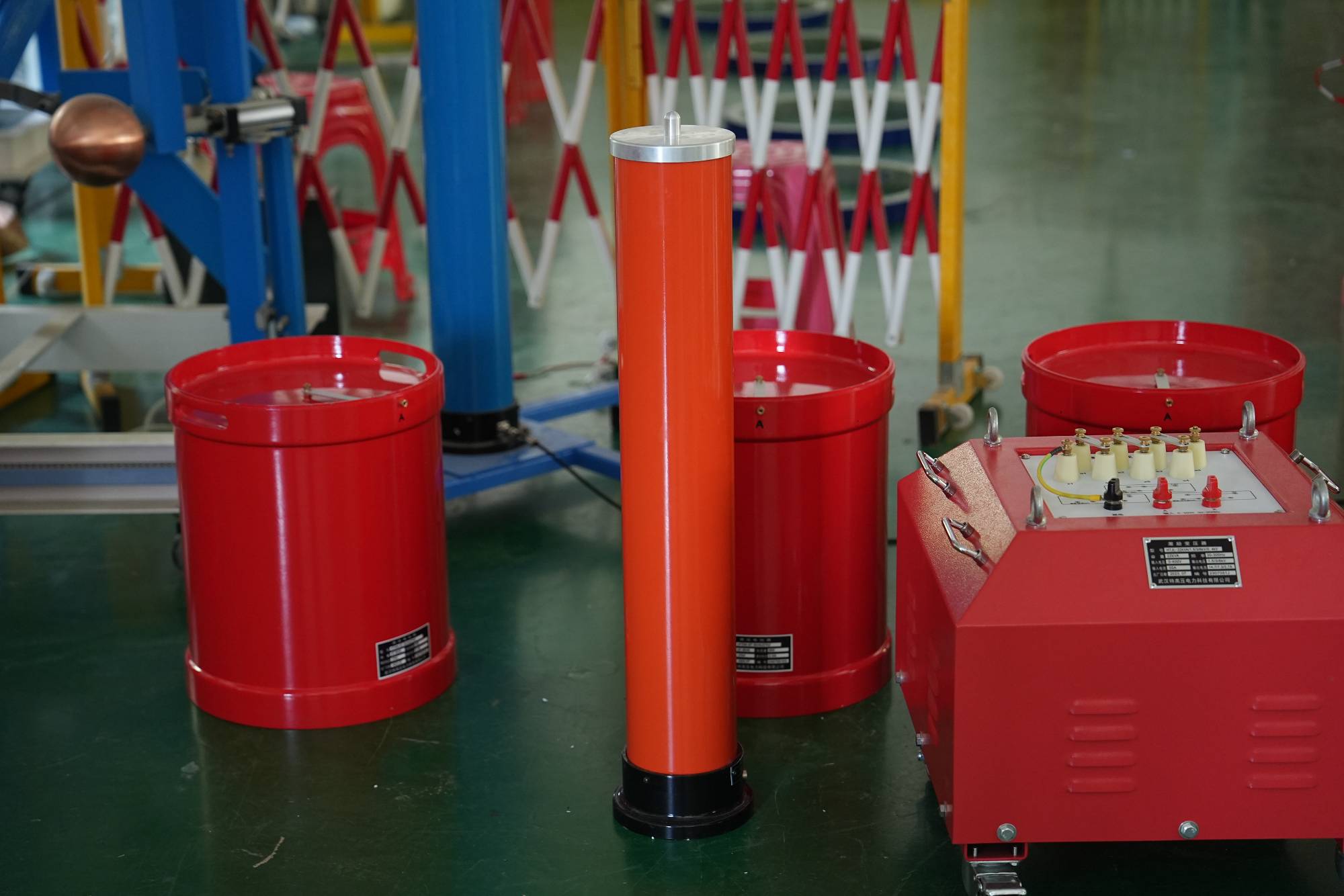
Introduction to Safety and Operation Issues of Series Resonant Voltage Endurance Equipment
2025-08-18Wuhan UHV specializes in producing series resonance (also known as series resonance withstand voltage equipment). Next, we will share with you an introduction to the safety and operation issues of series resonance withstand voltage equipment.Safety of series resonant deviceOperational Requirements1. It is not allowed to suddenly cut off the system power during testing. The testing state must be exited before cutting off the power during each test.2. After the host malfunctions, non professional maintenance personnel should not disassemble the chassis for repair, otherwise the consequences will be borne by themselves.3. Do not store or use instruments in high temperature, high humidity, flammable, explosive, and strong magnetic field environments. What is the problem of 'unable to find resonance point'Once the frequency converter series resonance is found and the resonance point cannot be found, please do not rush to determine if it is a malfunction of the equipment. Check if t
MORE -
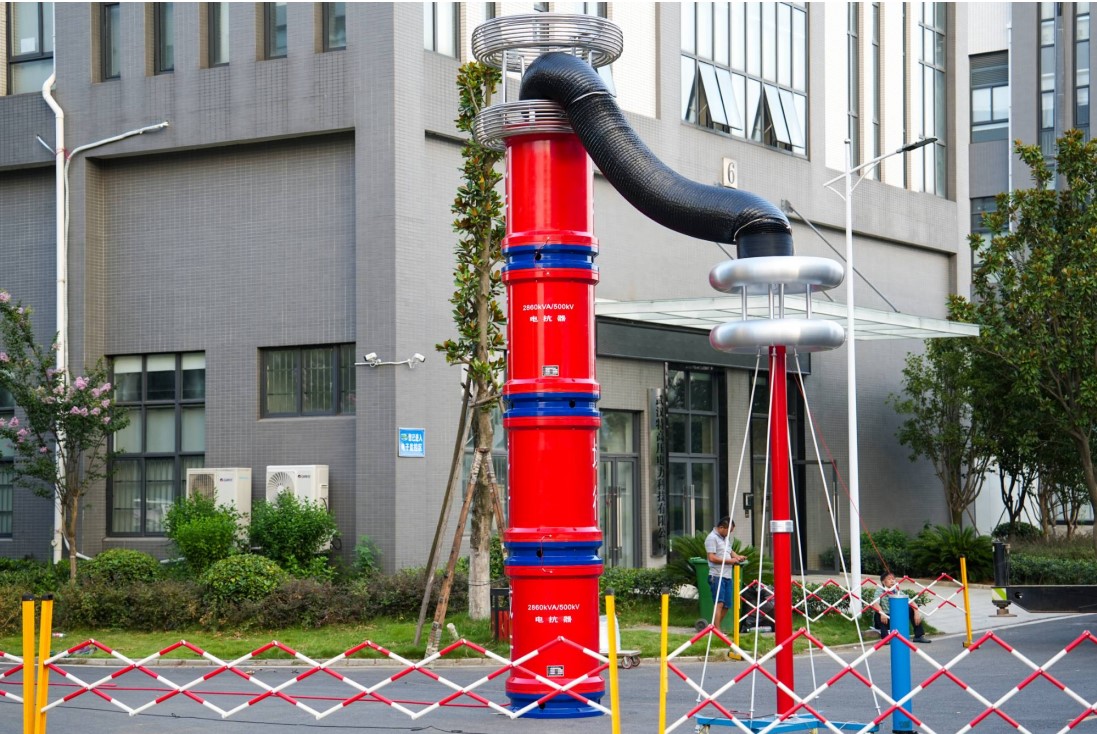
What is the difference between parallel resonance and series resonance
2025-08-18Wuhan UHV specializes in producing series resonance (also known as series resonance withstand voltage equipment). Next, we will share with you the difference between parallel resonance and series resonance.Characteristics of parallel resonance and series resonanceParallel resonance refers to the phenomenon in which the resistance, capacitance, and inductance in a parallel resonance circuit have the same phase as the circuit terminal voltage and total current. We call it a parallel resonance circuit. In the parallel resonance test, when the voltage remains constant and the current is added, the corresponding parallel resonance is series resonance. The characteristic of series resonance is to form a series connection between the capacitance of the test object and the reactor to generate resonance. The electrical characteristic of voltage addition and current remains constant is called series resonance, which can also be called a series circuit. Composition of parallel resonance and seri
MORE -

What are the hazards of non sinusoidal waves on AC withstand voltage testing
2025-08-18Wuhan UHV specializes in producing series resonance (also known as AC/DC voltage withstand test device). Next, we will share with you the hazards of non sinusoidal waves on AC voltage withstand tests.1. When conducting AC withstand voltage tests, some voltage measuring instruments measure the effective value of the voltage. Power frequency discharge or breakdown generally determines the amplitude of the voltage. When the test voltage waveform is non sinusoidal, the ratio of the amplitude of the voltage to the effective value (i.e. the crest factor) is not √ 2. When the waveform is severely distorted, a large third harmonic component is mainly superimposed on the sinusoidal fundamental component, resulting in a crest factor of 1.45-1.55. At this time, if the amplitude is calculated by multiplying the effective value by √ 2, it will cause significant test errors. 2. The waveform of the power frequency test voltage also has a certain impact on the insulation test results of certain elect
MORE -

Principle of AC/DC voltage withstand test device
2025-08-15Wuhan UHV specializes in producing series resonance (also known as AC/DC withstand voltage test device). Next, we will share with you the principle of AC/DC withstand voltage test device.Principle of AC/DC voltage withstand test deviceScope of application: AC withstand voltage test for various power equipment. The basic principle of the frequency conversion series resonance test device is to use an adjustable (30-300Hz) series resonance test equipment to resonate with the tested capacitor to generate an AC test voltage. The working power supply is single-phase 380/220V ± 10%, 50Hz.Series resonance, series resonance test device, frequency conversion series resonance test device, functions and characteristics1. Frequency modulation tuning method. The fixed inductance reactor is used to achieve resonance in the test circuit by adjusting the frequency of the excitation power supply. Its characteristics are small size, light weight, high quality factor, and easy to use. It has gradually rep
MORE -
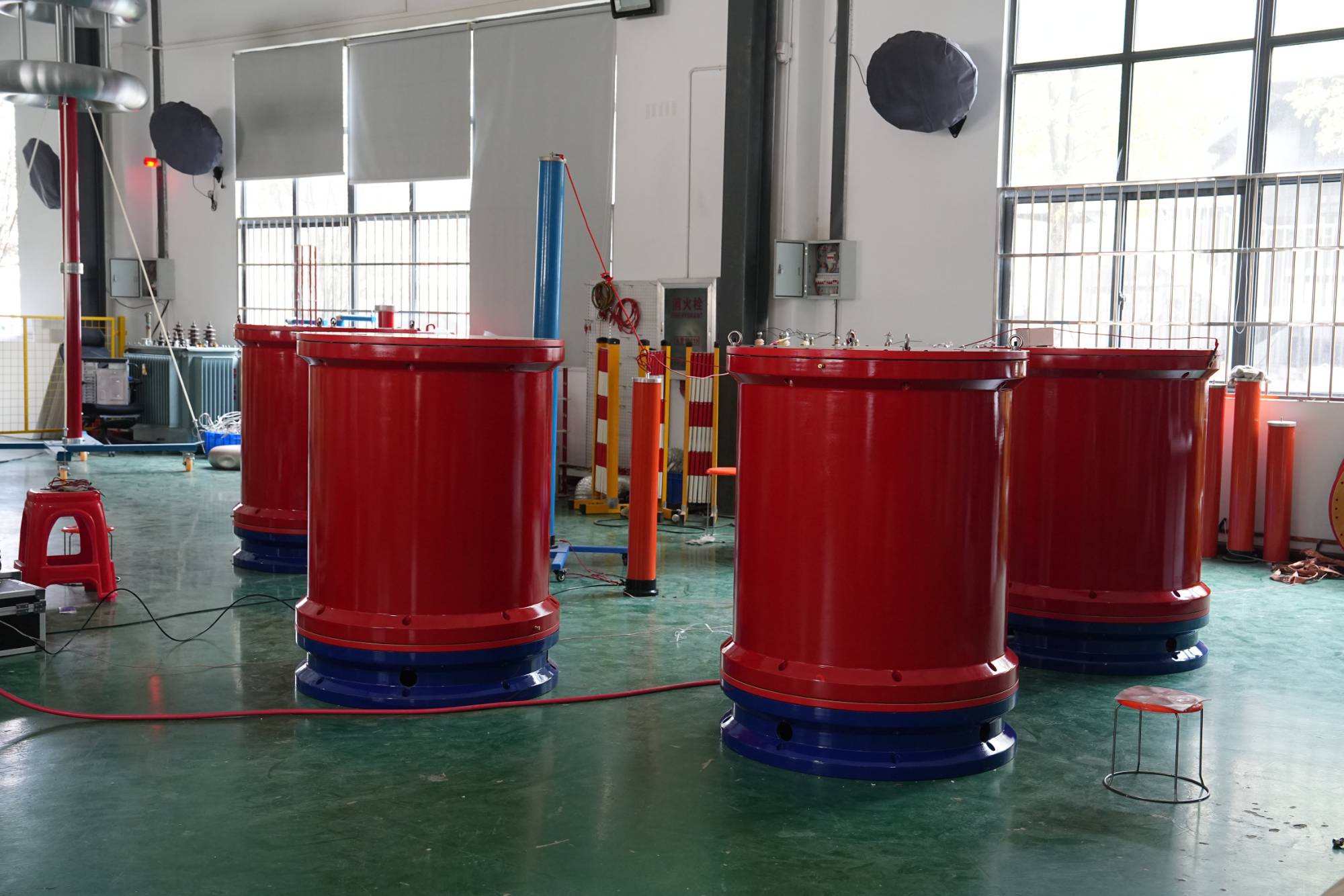
Solution to series resonance without voltage boost
2025-08-15Wuhan UHV specializes in producing series resonance (also known as variable frequency series resonance test device). Next, we will share with you the solution of series resonance without voltage boost.In order to facilitate the maintenance of the power grid and improve the safety of electricity consumption, high-voltage transmission and transformation equipment is required to undergo AC withstand voltage testing. However, the frequency conversion series resonance test device is a measuring device that achieves high voltage and large capacity, and can be used for power cables, busbars, switches, etc GIS、 Transformers are subjected to power frequency withstand voltage tests, consisting of reactors, excitation transformers, compensation capacitors, and main control devices. As the voltage, waveform, and frequency are consistent with the actual operating conditions and the electric field state inside the insulation of the test object, and the test voltage is higher than the actual operatin
MORE -
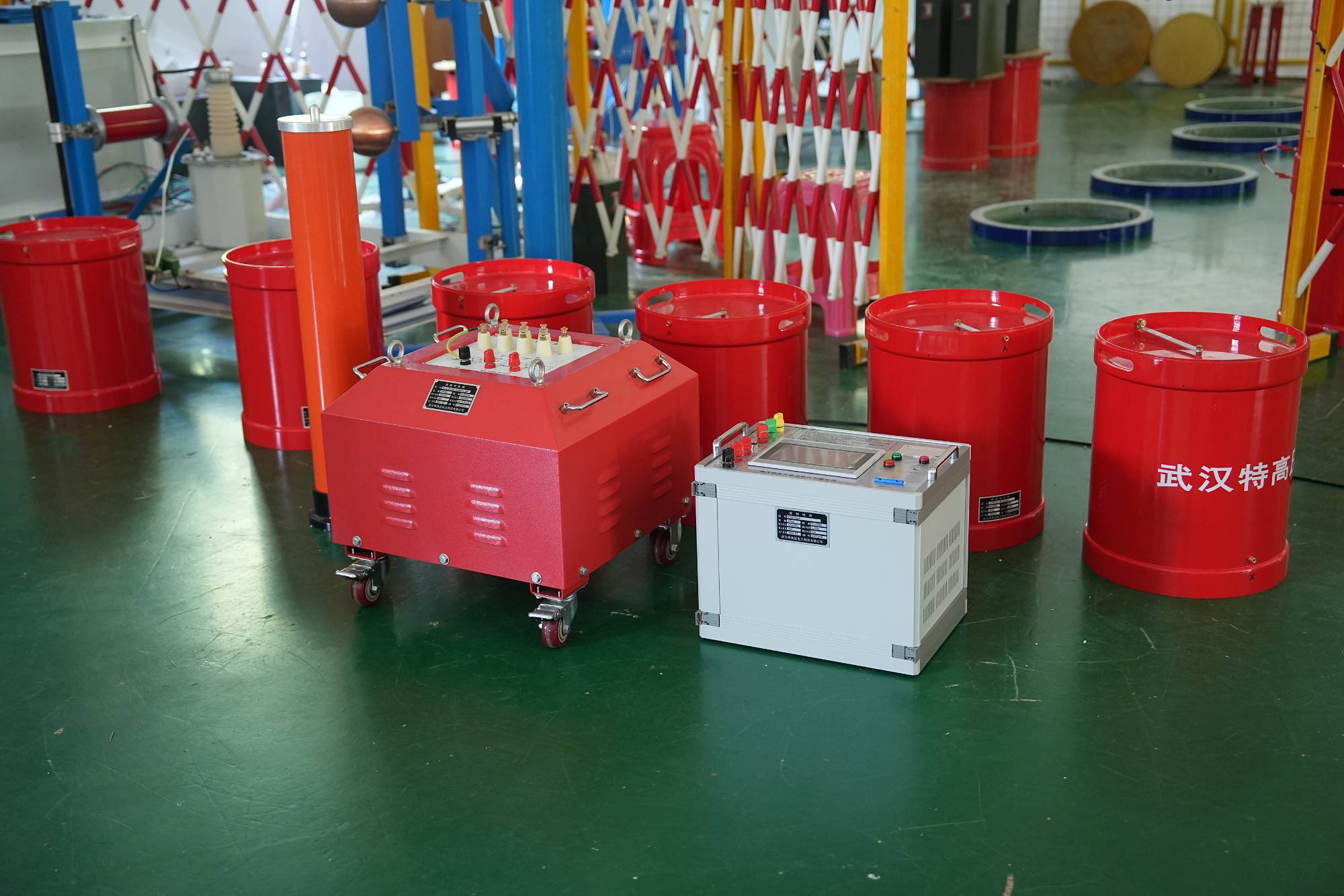
Why is the series resonance transformer test necessary
2025-08-15Wuhan UHV specializes in producing series resonance (also known as power frequency withstand voltage test device). Next, we will share with you why series resonance transformer test is necessary.Series resonant transformers are essential for insulation integrity testing of all high-voltage equipment. The standard communication testing system is already able to provide a solution for certain applications, but for certain devices with higher voltage and current requirements, linear AC testing systems may not be sufficient.In order to limit the input power requirements of the resonance test system, a capacitor test object and a variable core (variable reactor) are needed. The design method of the resonance test system is to adjust the inductance in high voltage circuits, thereby adjusting the capacitance compensation resonance system. The main advantage of a series resonant transformer is its very low (actual) input power and high output (reactive power) requirements. Series resonant tra
MORE -

How to prevent overvoltage in power frequency withstand voltage testing equipment
2025-08-14The series resonance (also known as power frequency withstand voltage test equipment) produced by Wuhan UHV professional will now share with you how to prevent overvoltage in power frequency withstand voltage test equipment.The complete set of frequency conversion series resonance test equipment is used to evaluate the insulation strength of electrical equipment. It has a decisive significance in determining whether the electrical equipment can be put into operation and ensuring the insulation level of the equipment. An important means to avoid insulation accidents. Because the frequency conversion series resonance test device can fully reflect the actual operation of electrical equipment under AC voltage, it can truly and effectively detect insulation defects.The complete set of frequency conversion series resonance test equipment adopts the resonance principle. It generates resonance between the voltage at a certain frequency in the system circuit and the capacitor and reactance in t
MORE -
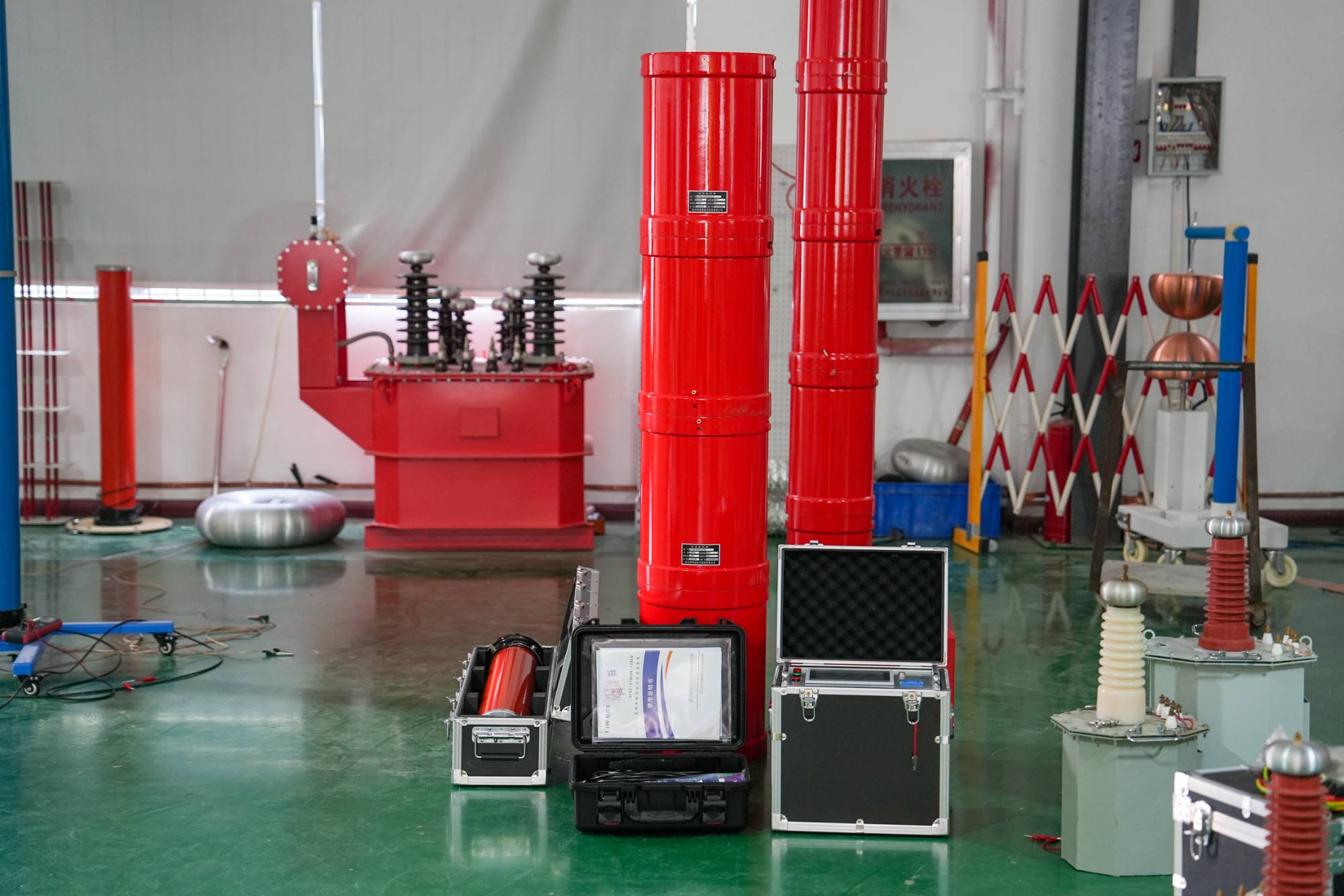
The principle of series resonance and series resonance circuit
2025-08-14Wuhan UHV specializes in producing series resonance (also known as power frequency withstand voltage test equipment). Next, we will share with you the principles of series resonance and series resonance circuits.In an AC circuit with resistor R, inductor L, and capacitor C, the voltage at both ends of the circuit is generally different from the current phase in the resonant circuit. If we adjust the parameters or power frequency of circuit components (L or C), we can make their phases the same, and the entire circuit appears purely resistive. When a circuit reaches this state, it is called resonance. In the resonant state, the total impedance of the circuit reaches or approximates its maximum value. The purpose of studying resonance is to understand this objective phenomenon and fully utilize its characteristics in science and applied technology, while also preventing the harm it may cause. There are two types of circuit connections: series resonance and parallel resonance.When in seri
MORE -

Issues to be noted during DC withstand voltage testing in power cable testing
2025-08-14Wuhan UHV specializes in producing series resonance (also known as AC/DC withstand voltage test device). Next, we will share with you the issues that should be paid attention to during DC withstand voltage testing in power cable testing.1. It is not recommended to use AC voltage withstand test, but DC voltage withstand test should be used.High voltage electrical equipment is usually tested for its main insulation withstand voltage through AC withstand voltage testing. Due to the large capacity of power cables, they are usually limited by the capacity of testing equipment, making it difficult to conduct power frequency AC withstand voltage testing. In addition, AC withstand voltage testing may cause free discharge in the holes of oil paper insulated cables, which can damage the cables, while the same high AC voltage can damage the insulation strength of the cables, far greater than DC voltage. Therefore, DC withstand voltage testing is a common method for checking the insulation perform
MORE -
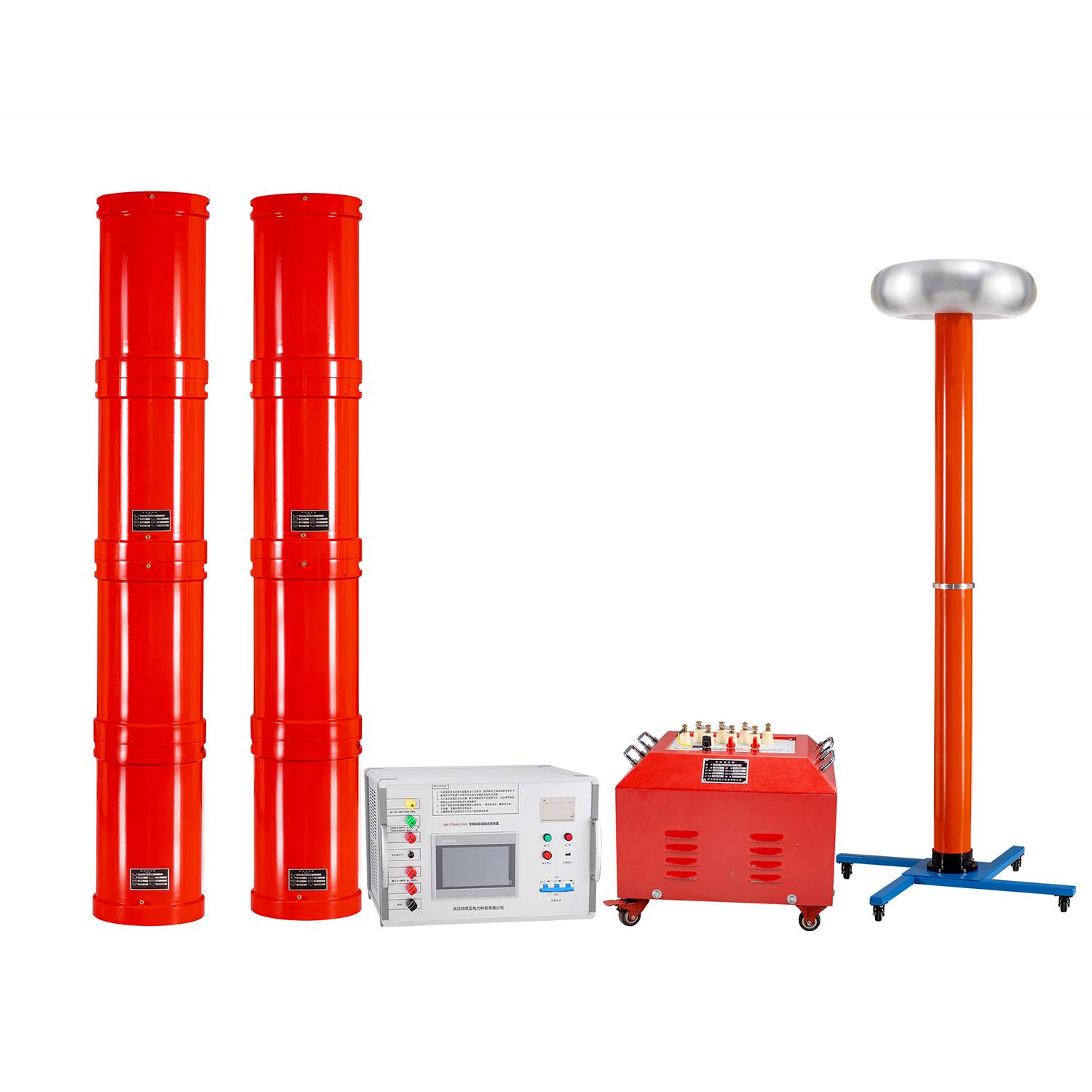
What should be noted in the series resonant AC withstand voltage test?
2025-08-13Wuhan UHV specializes in producing series resonance (also known as series resonance withstand voltage test device). Next, we will share with you the precautions for series resonance AC withstand voltage test?Attention should be paid to the following points when conducting AC voltage withstand test on the frequency conversion series resonance test device:1. We should understand whether the non-destructive testing items of the tested equipment are qualified before the experiment. If there are defects or abnormalities, the experiment should be carried out after cleaning;2. If it is found during the experiment that the pointer of the voltmeter swings greatly, the test substance makes abnormal noises, the indication of the milliampere meter increases sharply, or the test substance emits smoke, fire, or continuous spark discharge on the insulation surface, the voltage should be immediately reduced. After hanging a ground wire on the high-voltage side, the cause should be identified;3. Adjust
MORE -

Introduction to the variable frequency series resonance withstand voltage test
2025-08-13Wuhan UHV specializes in producing series resonance (also known as variable frequency series resonance test device). Next, we will share with you the introduction of variable frequency series resonance withstand voltage test.The frequency conversion series resonant withstand voltage device is currently the mainstream method for AC withstand voltage testing. The device can not only meet the withstand voltage requirements of 10kV, 35kV, but also 110kV VLPE cables, and has the advantages of light weight and good mobility. The frequency adjustment range is 30-300Hz, which meets the recommended AC voltage requirements of the national standard for using power frequency and approximate power frequency (30-300Hz). This AC voltage test can reproduce field strengths similar to those under operating conditions, and has been proven to be an effective method in practice. In addition, there are two main reasons:1. If choosing power frequency withstand voltage, although it can meet the withstand volt
MORE -
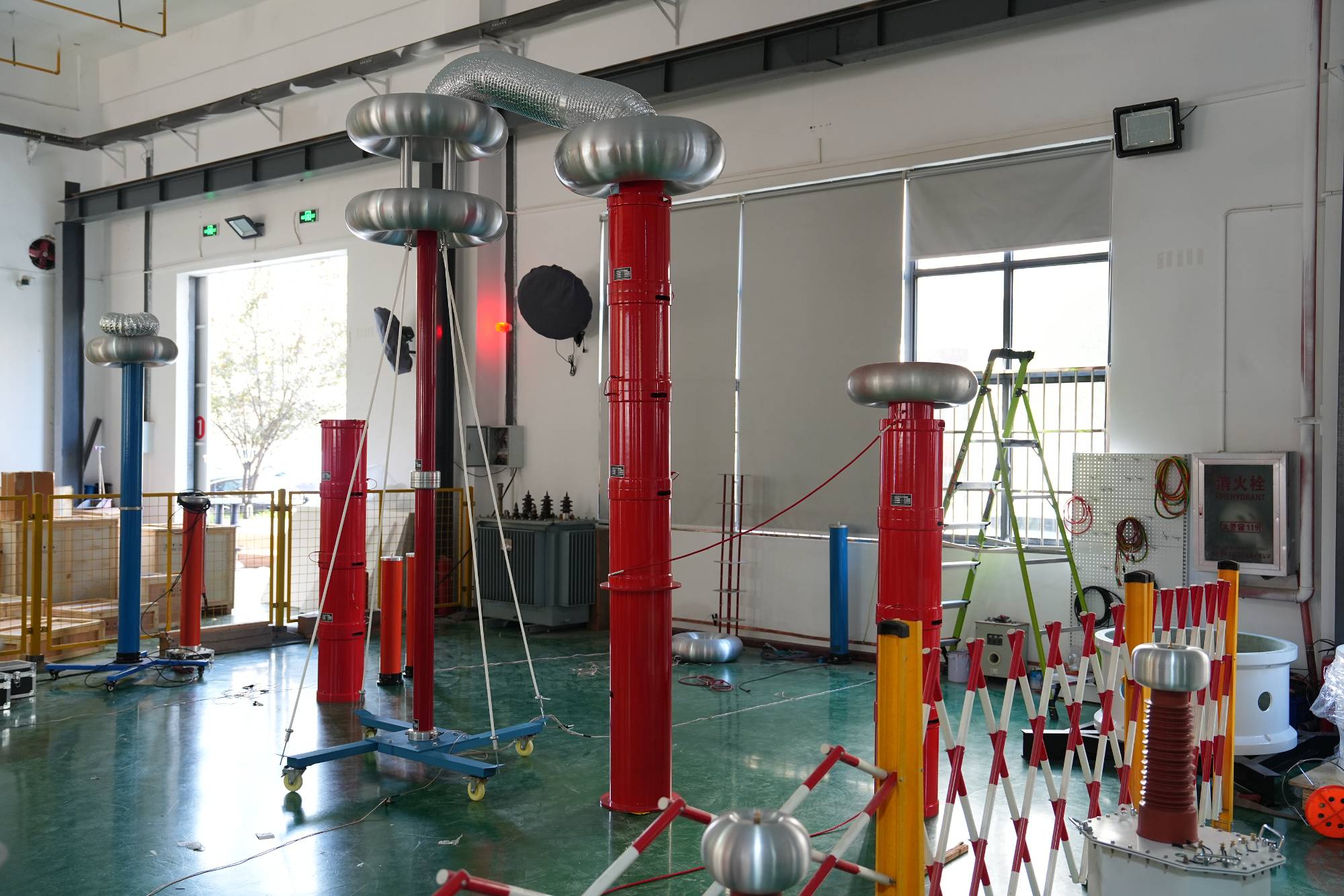
Analysis of Reactor in Series Resonance Test Device
2025-08-13Wuhan UHV specializes in producing series resonance (also known as series resonance test device). Next, we will share with you a brief analysis of the series resonance test device reactor.Information about reactors: The reason for the low power factor on the input side of the frequency converter is significantly different from the low operating power factor of the power frequency motor. Series resonance is a rational load for electric motors, where the phase of the operating current lags behind the voltage, and the fluctuation of the power factor depends on the phase relationship between the current and voltage. The low power factor of the frequency converter is due to its circuit structure. Variable frequency drives typically have a "AC-DC-AC" structure, where a three-phase AC power source is converted to DC through a three-phase rectifier bridge and filtering capacitor, and then converted to frequency adjustable AC power through a control circuit and inverter tube. In the rectificati
MORE -
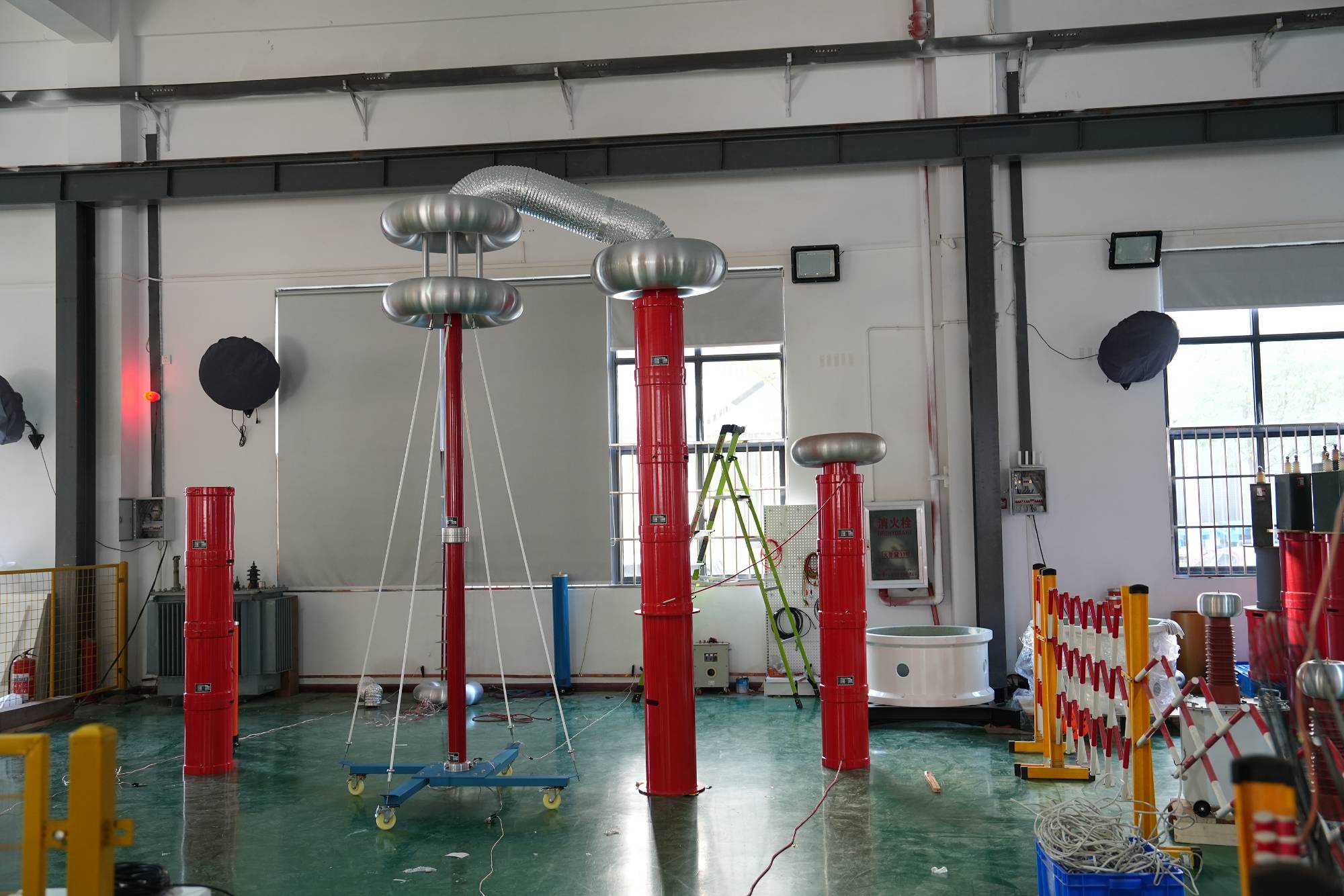
What should be noted for the series resonance withstand voltage test device?
2025-08-12Wuhan UHV specializes in producing series resonance (also known as series resonance withstand voltage test device). Next, we will share with you what to pay attention to for the series resonance withstand voltage test device?Attention to Series Resonance (GIS) Test:1. During the experiment, the high-voltage source should be connected to the test, and the high-voltage lead should use a dedicated non corona lead. Non test connections should be grounded to the GIS casing;2. The test must ensure that the SF6 gas in each chamber is at the rated pressure, and the gas content is within the qualified range after 4 hours of inflation. The GIS must be in an operational state and confirmed to be correct before the test can be conducted;3. Before the test pressurization, ensure that the voltage transformers inside the GIS are removed (if approved by the GIS manufacturer, the voltage transformers can be pressurized together, but the test resonance frequency must be greater than 100Hz), the CT is sh
MORE -
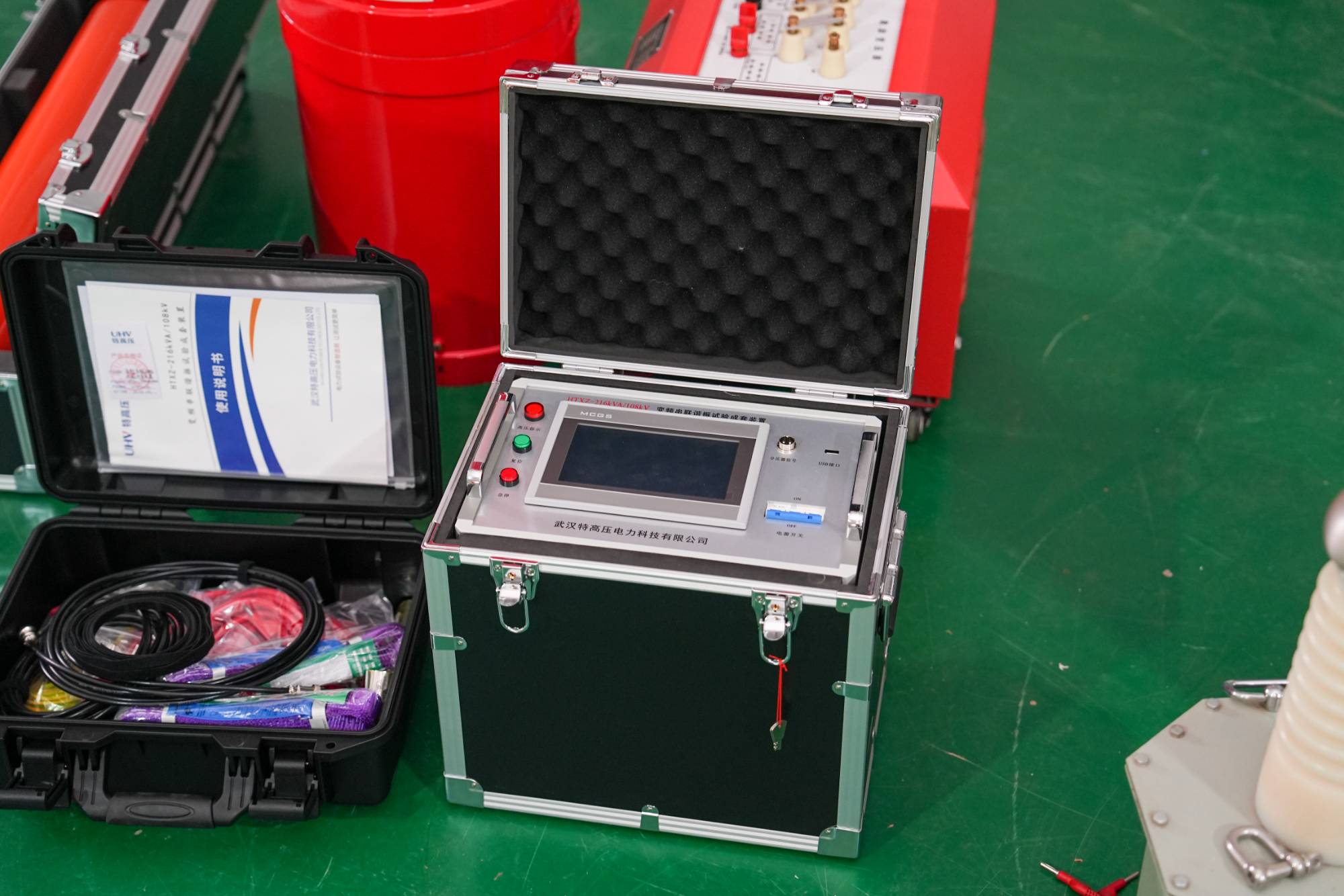
Why is power frequency withstand voltage testing equipment used?
2025-08-12Wuhan UHV specializes in producing series resonance (also known as power frequency withstand voltage test equipment). Next, we will share with you why power frequency withstand voltage test equipment is used?In practical work, power workers often hear about a high-voltage power testing equipment called series resonance. This device is widely used and well-known in the power industry. So why use the variable frequency series resonance testing device? Before putting high-voltage power cables into use, a resonance test needs to be conducted to find the resonance point of the cable. Therefore, a series resonance test device is needed at this time. This article will briefly introduce this equipment.The research on this device mainly focuses on the AC withstand voltage test of 220kV high-voltage bushings and isolation control switches, as well as the design and manufacturing of the AC withstand voltage test system for 220kV main transformers. There is a wide range of applicable laws, but the
MORE -

The difference between induction withstand voltage and power frequency withstand voltage
2025-08-12Wuhan UHV specializes in producing series resonance (also known as power frequency withstand voltage test device). Next, we will share the difference between induction withstand voltage and power frequency withstand voltage.In the power system, induction withstand voltage is an important functional test to assess the insulation strength of electrical equipment such as transformers, reactors, and voltage transformers. In DL/T474.4-2006 "Guidelines for the Implementation of On site Insulation Tests", it is clearly stipulated that in addition to the main insulation, transformers should also undergo insulation performance tests for longitudinal insulation such as turns, layers, and breaks, which can effectively check the integrity of winding coils!Induction voltage withstand test methodInductive withstand voltage is different from power frequency withstand voltage. Power frequency withstand voltage applies high-frequency high voltage on the primary side, while inductive withstand voltage a
MORE -
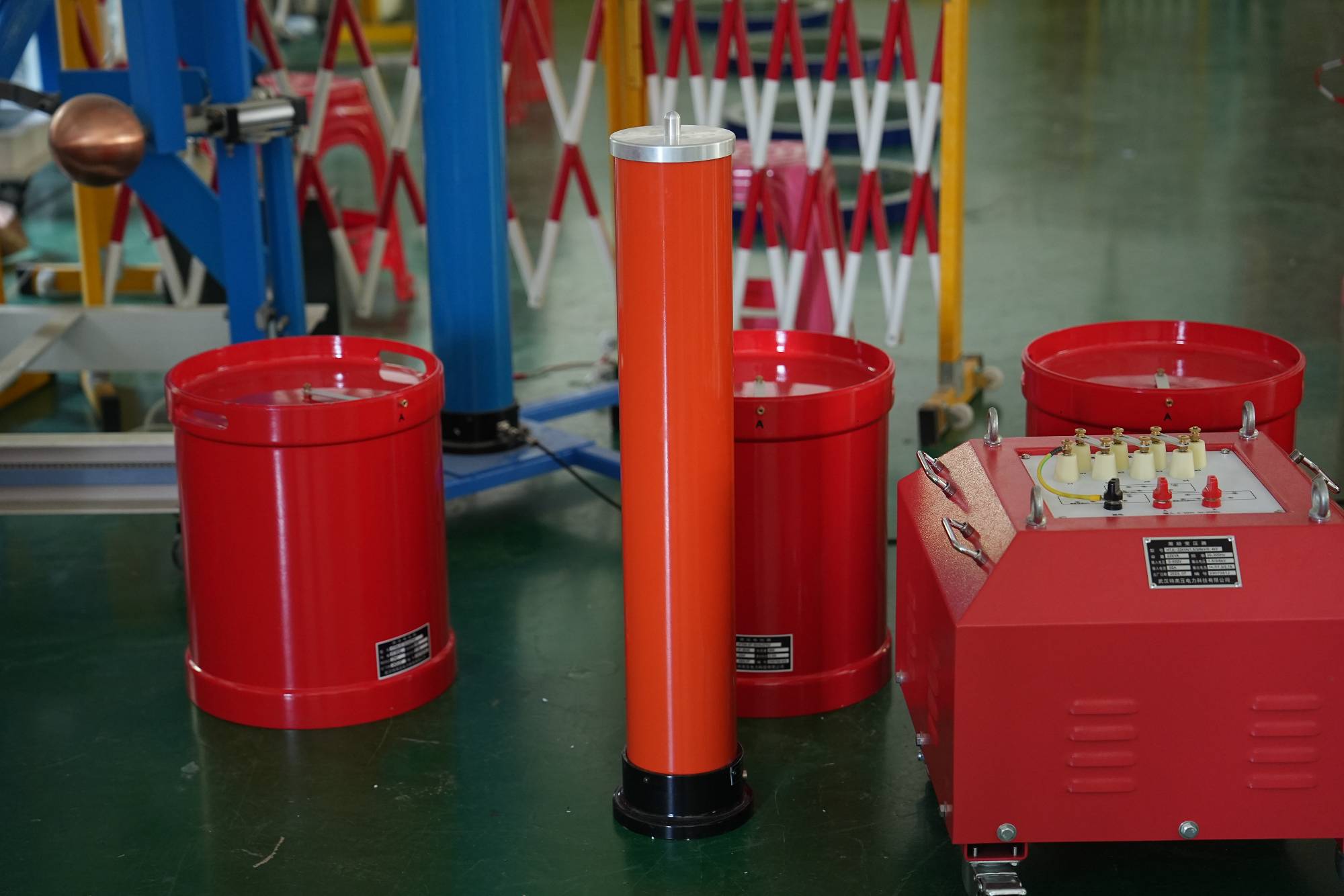
Application of Series Resonant withstand voltage Equipment in GIS System
2025-08-11Wuhan UHV specializes in producing series resonance (also known as series resonance withstand voltage equipment). Next, we will share with you the application of series resonance withstand voltage equipment in GIS systems.The method of measuring AC withstand voltage using a variable frequency series resonance test device is to change the inductance and frequency in the test circuit to make the circuit in a resonant state. This method can meet the requirements of high voltage and high current testing.When using a frequency conversion series resonant device for AC withstand voltage testing, the following points should be noted:1. Before the experiment, it is necessary to understand whether the non-destructive testing items of the tested equipment are qualified. If there are defects or abnormalities, the experiment should be carried out after cleaning;2. Adjust the gap between the protective balls to a discharge voltage of 105% to 110% of the test voltage, and conduct three consecutive te
MORE -
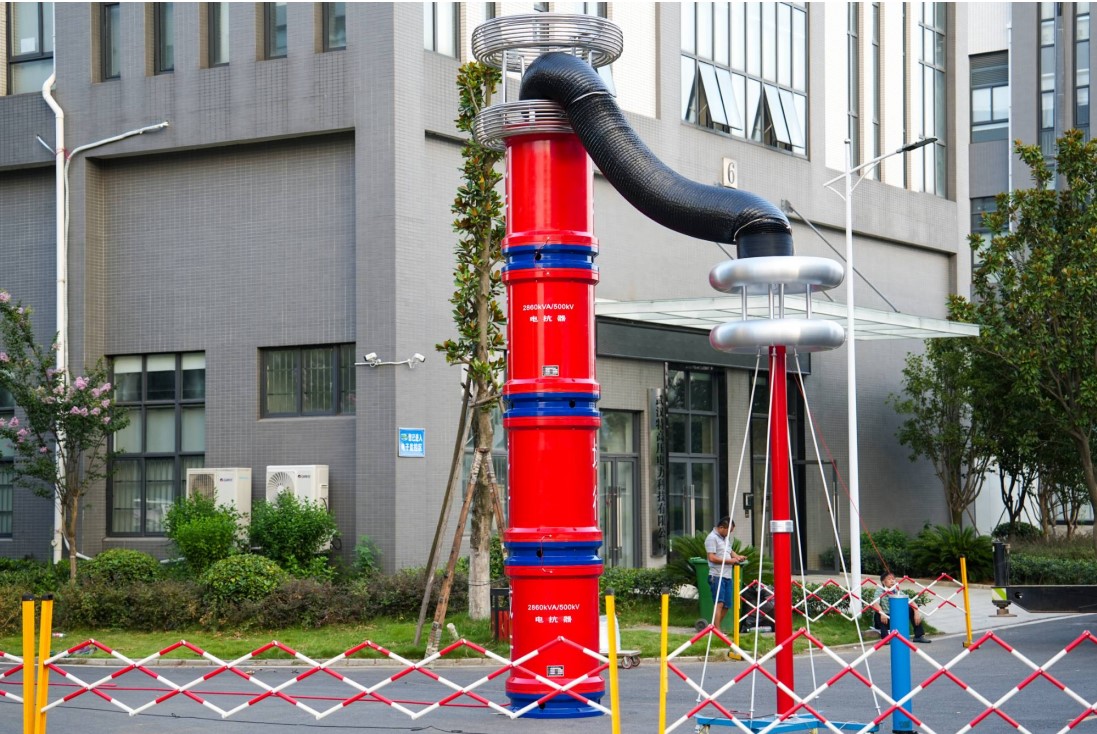
What are the possible overvoltages that may occur during power frequency withstand voltage testing and how can they be prevented?
2025-08-11Wuhan UHV specializes in the production of series resonance (also known as power frequency withstand voltage test equipment). Next, we will share with you the possible overvoltage that may occur during power frequency withstand voltage testing and how to prevent it?What are the possible overvoltages that may occur during the power frequency withstand voltage test?How to prevent this problem can be analyzed from two aspects: steady-state process and transition process. From a steady-state perspective, most of the tested objects are capacitive loads. The capacitive current of the load passes through the leakage reactance of transformers and voltage regulators, causing a voltage drop on the leakage reactance, resulting in the test voltage on the tested object being higher than the power supply voltage, known as the capacitance rise phenomenon. The method to overcome this phenomenon is to directly measure the voltage on the high-voltage side. If the leakage reactance of transformers and
MORE -
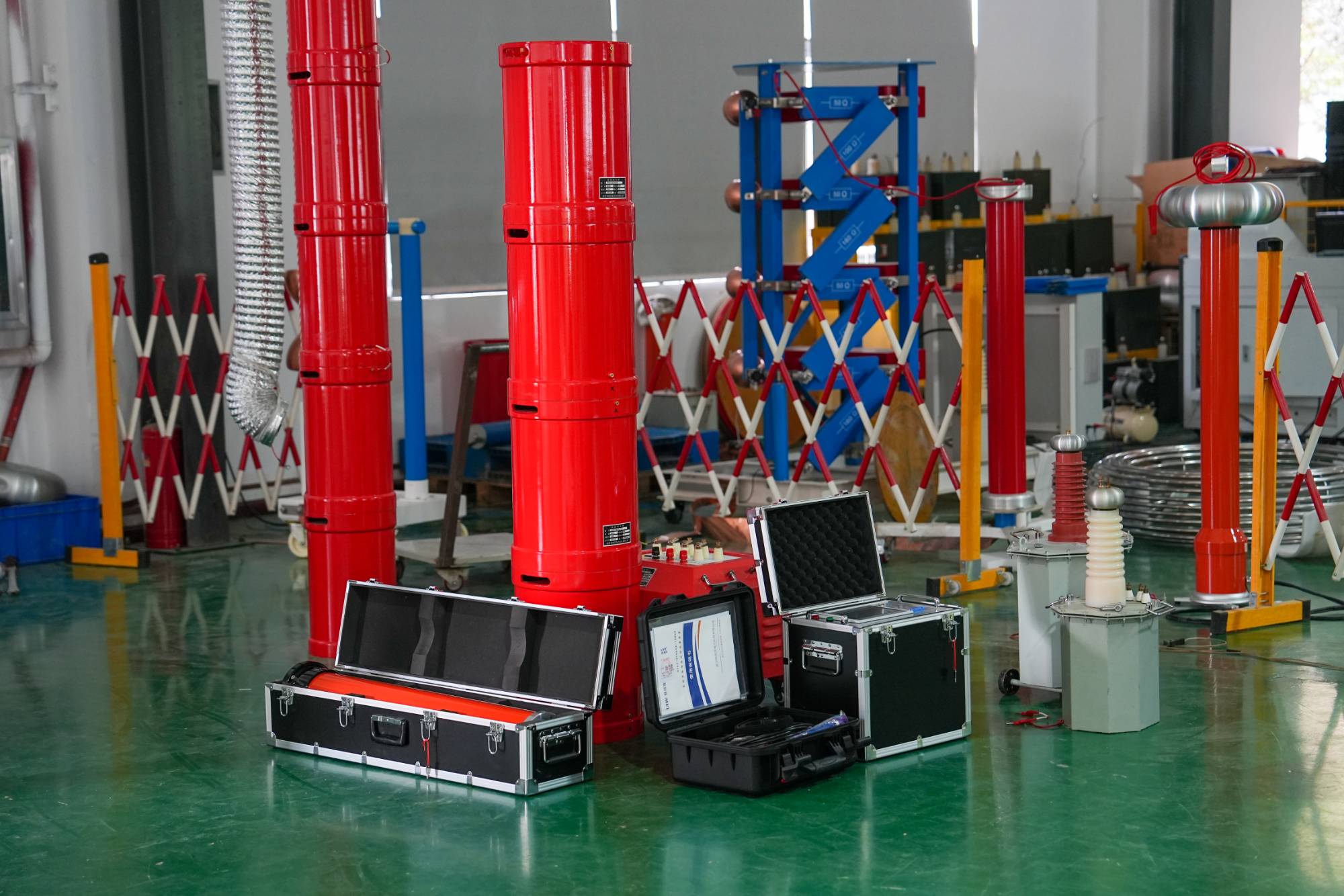
Calculation method for series resonance
2025-08-11Wuhan UHV specializes in producing series resonance (also known as series resonance withstand voltage equipment). Next, we will share with you the calculation method of series resonance.Variable frequency series resonance mainly refers to the voltage and current of the studied series circuit reaching the same phase, that is, the inductance reactance and capacitance reactance of the inductor in the circuit are equal in value and time, making the studied circuit exhibit pure resistance characteristics. At a given terminal voltage, the maximum current will occur in the studied circuit. The maximum active power is consumed in the circuit. Calculation method for frequency conversion series resonance:z=r+jx,x=0,z=r,i=u/z=u/r (1) Resonance definition: In a circuit, when the energy of two components is released by one reactive module and the other reactive module must absorb the same energy, the energy of the two components is equal, that is, there will be energy pulsation between the two re
MORE -
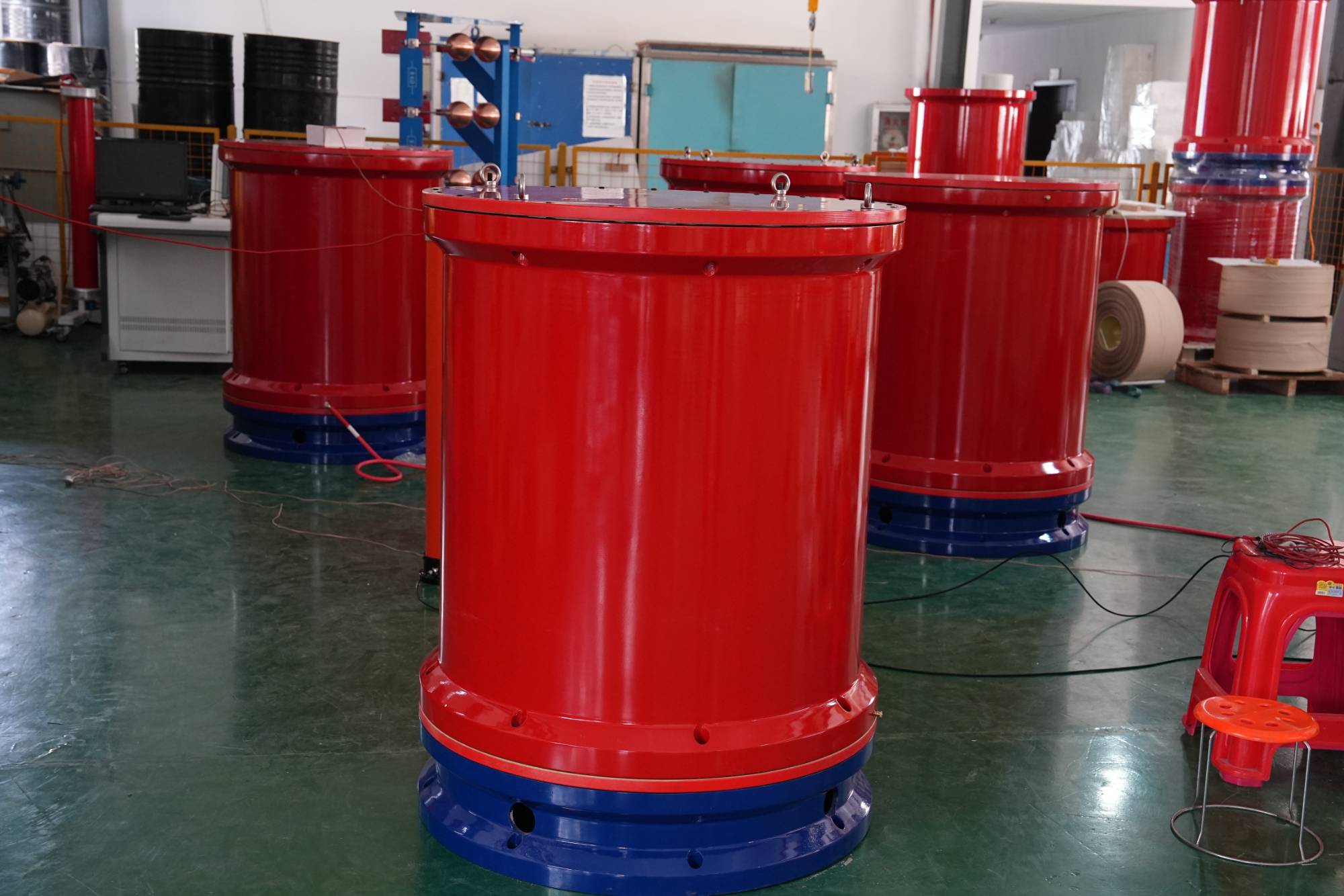
Protective measures for grounding arrangement of power frequency withstand voltage test equipment
2025-08-08Wuhan UHV specializes in producing series resonance (also known as power frequency withstand voltage test equipment). Next, we will share with you the protective measures for the grounding arrangement of power frequency withstand voltage test equipment.Variable frequency series resonance is mainly composed of variable frequency controller, excitation transformer, high-voltage reactor, high-voltage voltage divider, etc. During the frequency conversion series resonance test, the capacity of the excitation transformer should be greater than the active power P, and the transformation ratio of the excitation transformer should be reduced as much as possible on the premise that the minimum output voltage of the excitation transformer meets the test requirements, so as to correspondingly reduce the input current on the primary side of the excitation transformer. Due to the large capacitance of the tested cable, if the test sample breaks down or high-voltage leads discharge to ground during th
MORE -
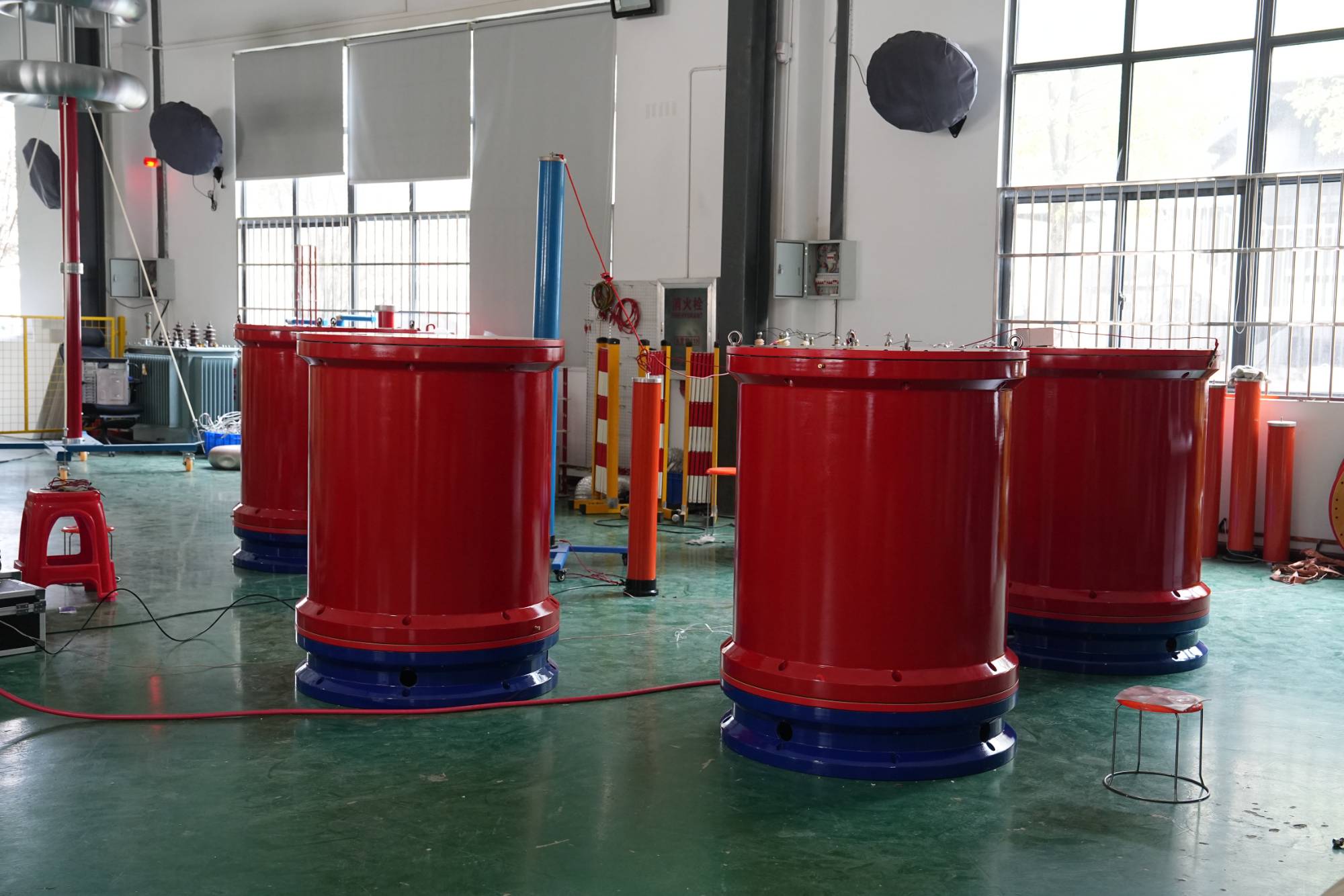
Introduction to the characteristics of the variable frequency series resonance test device
2025-08-08Wuhan UHV specializes in producing series resonance (also known as variable frequency series resonance test device). Next, we will share with you the characteristics of the variable frequency series resonance test device.Series resonance testFirst of all, let's talk about the series resonance test, which is also commonly known as the AC withstand voltage test. It is the most effective and direct way to identify the insulation strength of power operating equipment before commissioning, and can play a decisive role in the pre commissioning process. Series resonance is a principle technology of electronic circuits, and it is a method or preventive test for insulation testing. Due to its large test capacity and high voltage, series resonance is widely used in power generation, power supply and other departments. The significance of series resonance testDuring the operation of power equipment, insulation will gradually deteriorate under the long-term effects of electric field, temperat
MORE









